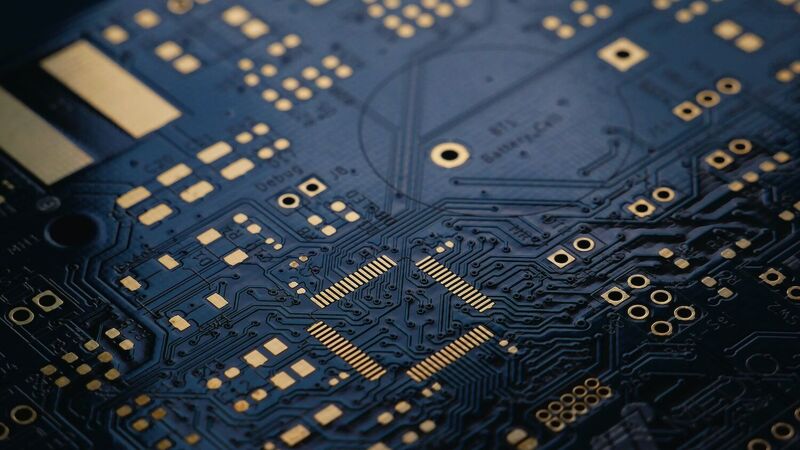An aluminum jig plate offers dependable stability with minimal to no distortion, making it a common solution for a wide range of applications. When including a jig plate in your design, there are several details to consider.
Here are some of the key considerations when designing an aluminum jig plate.
Consider the Purpose of the Application
Determine the intended use of the jig plate. Think about the process that you want to employ it in.
You’ll find it easier to decide on the other features, such as the machining procedure, material choice, dimensions, and hole designs if you are more aware of the intended application of the plate.
A variety of machining processes are also available, including cast aluminum jig plate manufacturing. Depending on the needs of your project, you may also require CNC milling, drilling, grinding, tapping, or other processes.
Select the Right Aluminum Alloy
You can often choose from a variety of alloys for an aluminum jig plate. Depending on the needs of your application, one version may better fit your needs. Some of the most common alloys include:
- 6061
- 7075
- 2024
- 6063
- 5052
- 5083
- 2011
- 2017
6061 is one of the most popular alloys. It offers excellent weldability and machinability, along with great corrosion resistance.
Consider the Dimensions and Hole Patterns
A jig plate should be designed with the dimensions, geometry, hole patterns, and fixture locations in mind.
Take into account the weight restrictions, size specifications, and other specifics that affect the overall design. These details can be used to establish tolerances, necessary surface treatments, and additional factors such as coatings.
Choose a Company to Fabricate Your Plates
Finding the right company to handle the fabrication of your jig plates is also essential. Working with an experienced team can help ensure that your plates meet your needs.



